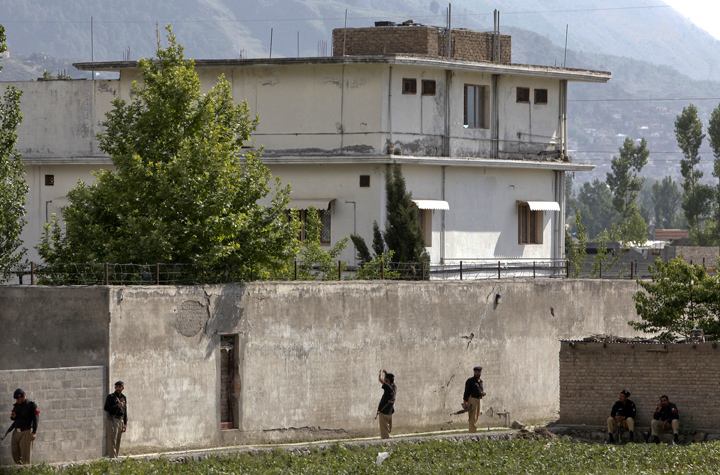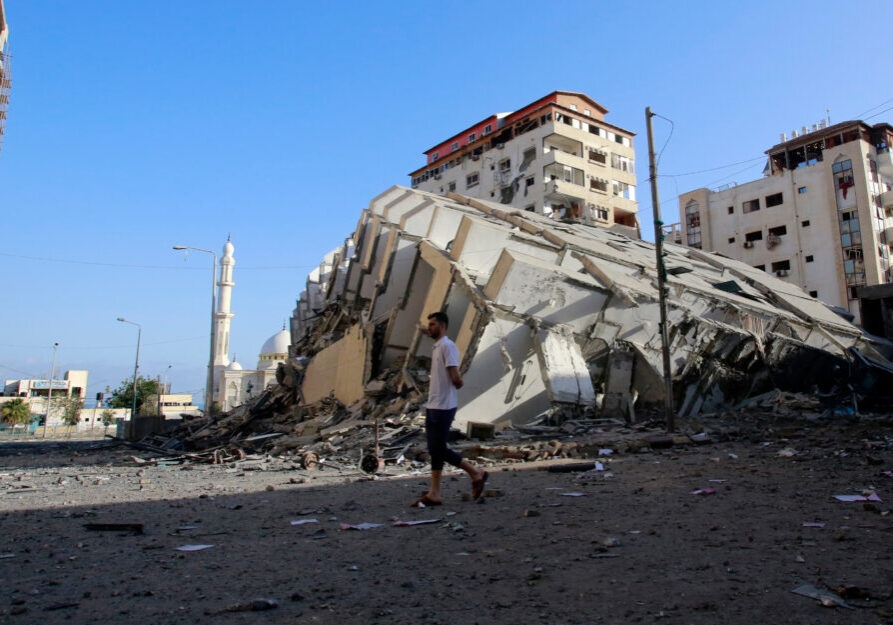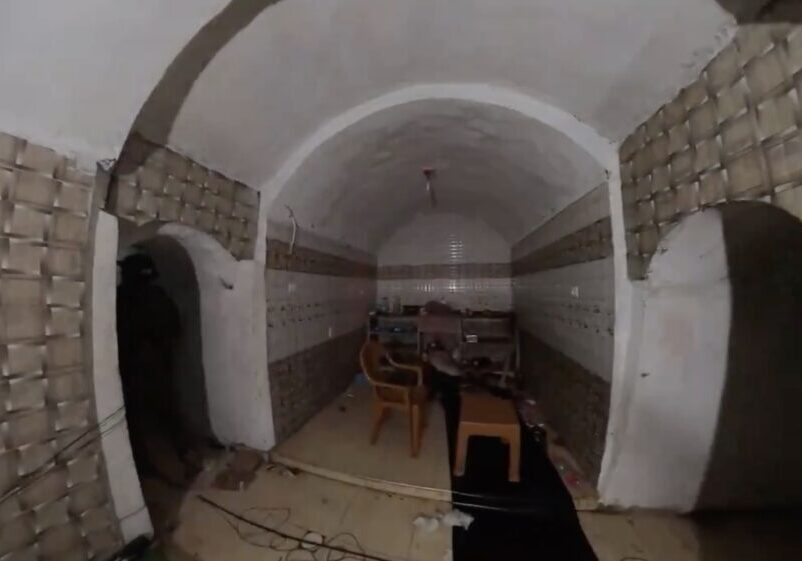Australia/Israel Review
Osama bin Laden’s secret diary
Nov 28, 2017 | Clifford May

Clifford May
On May 2, 2011, a US Navy SEAL team made a brief stop in Abbottabad, Pakistan where they terminated Osama bin Laden’s life and then moved on to their second mission: collecting as much information as possible from within the al-Qaeda leader’s compound.
They carried off computers, memoranda, photos, audio files, even a 228-page handwritten diary – “the single largest collection of senior terrorist materials ever,” a Pentagon briefer told reporters five days later.
Over the years since, what have we learned from this treasure trove? Almost nothing. Why not? Because then-President Barack Obama promptly put almost all of it under lock and key.
Two of my colleagues, Thomas Joscelyn and Bill Roggio, senior fellows of the Foundation for Defence of Democracies and editors of FDD’s Long War Journal, strenuously argued against that decision. They believed it served no purpose – or at least no good purpose. (More on that in a moment.) They advocated for the release of the materials to scholars, journalists, policymakers, legislators and the public.
As a member of Congress, Mike Pompeo sympathised with their efforts. In early November, as CIA Director, he released 470,000 documents, images and computer files from the Abbottabad collection.
So much material, much of it never even translated, cannot be analysed overnight. But Joscelyn, Roggio and other FDD researchers have begun the process and they’ve already drawn a few significant conclusions.
For one, it’s clear that “when US forces knocked down his door,” bin Laden was not, as Obama had portrayed him, in retirement or a mere figurehead. Right up until the last moments of his life he “was communicating with subordinates around the globe.”
As for al-Qaeda, it was not, as Obama repeatedly claimed, “on the run” or “on the path to defeat.” It was expanding and strategically reorganising.
Perhaps most significant to current policy debates is a 19-page assessment by a senior al-Qaeda operative attesting that the Islamic Republic of Iran supplied its “Saudi brothers” in al-Qaeda with “everything needed” to battle the US – visas, money, arms and even “training in Hezbollah camps in Lebanon.”
Iran also provided safe haven for al-Qaeda fighters “in exchange for striking American interests in Saudi Arabia and the Gulf.” In a separate memo, bin Laden himself makes clear that by 2007 Iran had become al-Qaeda’s “main artery for funds, personnel and communication.”
This confirms what some of us have been arguing for years: that al-Qaeda and the Islamic Republic of Iran are not so much enemies as rivals. They compete and quarrel. They have profound theological differences: Al-Qaeda is Sunni, Iran’s mullahs are Shia. For 1,400 years, no peace process has resolved the split between these two readings of Islam.
But al-Qaeda and the theocrats in Teheran do manage to cooperate, collaborate and collude. Both believe they have a religious duty to wage a jihad against “arrogant” – meaning insufficiently submissive – infidels, with Americans and Israelis at the top of their lists.
Which brings us back to the question: Why didn’t Obama want this material released? I’m afraid the answer is obvious: It would have bolstered opposition to his nuclear deal – his agreement to provide Teheran with legitimacy and billions of dollars while ignoring its ballistic missile program, continuing sponsorship of terrorism and egregious human rights violations; all in exchange for the regime’s promise to delay a nuclear weapons program whose existence it denies.
In a penetrating new article, Weekly Standard Editor-in-Chief Stephen Hayes, also a long-time and ardent advocate for the release of the materials, recalls that one of the last acts of the Obama Administration was to issue a press release titled “Closing the book on Bin Laden: Intelligence community releases final Abbottabad documents.”
In fact, the Obama Administration had released only 571 out of tens of thousands of potentially revealing documents and files. And these carefully selected materials were made public only because the National Intelligence Authorisation Act of 2014 forced the hand of Obama’s Director of National Intelligence. Few in the mainstream media bothered to point that out.
Mohammad Javad Zarif, Iran’s foreign minister, also would have preferred that the Abbottabad collection never see the light of day. He and his apologists have long been promoting Iran as an essentially normal and progressive nation, keen on regional stability, fighting terrorists, and insisting only on its right to self-defence.
In response to the release, Zarif tweeted: “A record low for the reach of petrodollars: CIA & FDD fake news w/ selective Al-Qaeda docs re: Iran can’t whitewash role of US allies in 9/11.”
Best I can figure, he’s alleging that the Saudis paid both the CIA and FDD to cherry-pick documents to make it appear that Iran was implicated in the 9/11 attacks. Even with the 140-character maximum, I’d have expected him to do better.
Other highlights of last week’s document release: the first video images we’ve seen of a grown-up Hamza bin Laden, a favourite son of the terrorist chief who is almost certainly training to become a next-generation al-Qaeda leader. The video was taken at his wedding ceremony, a festive affair held in – did you guess? – Iran.
Finally, a note on bin Laden’s diary. In it, he offers praise for Al Jazeera, Qatar’s popular news-and-propaganda outlet. He also reflects on the Muslim Brotherhood – how it influenced his view of the world and led him to commit his life to jihad. Useful for us to know that, don’t you think?
Clifford D. May is president of the Foundation for Defence of Democracies and a columnist for The Washington Times. © Israel Hayom, reprinted by permission, all rights reserved.
Tags: Iran






